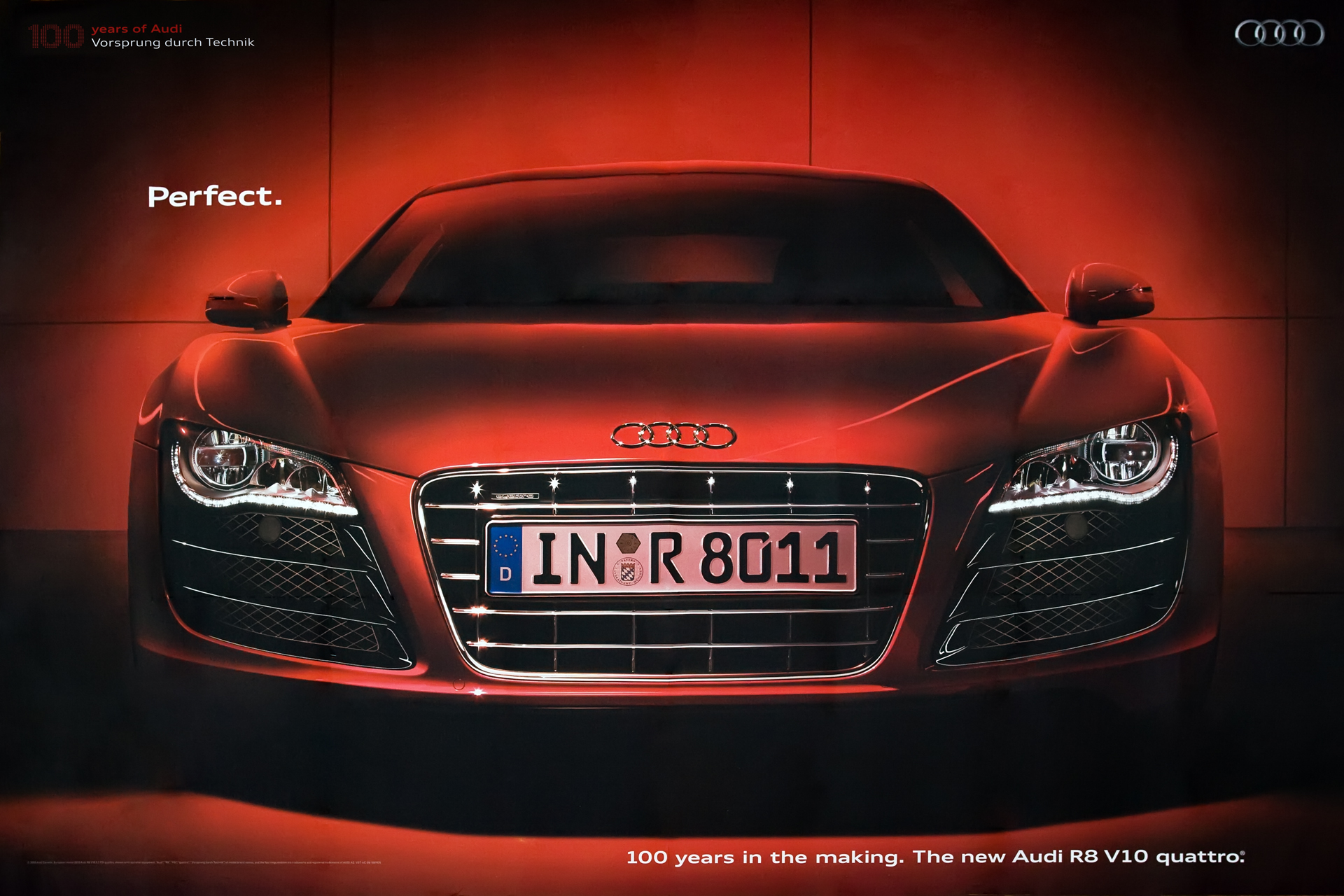To segment a market you begin by defining the market as a whole. The market as a whole, for Audi, is any person with a driver's license. The next step is to examine the four bases of segmentation (geographic, demographic, psychographic, and behavioural) and decide which, and how they are relevant to the particular product. Audi mainly utilizes Geographic, Demographic, and Psychographic Segmentation.
Geographic segmentation
Is geographic segmentation relevant to car buyers? Yes. The first decision Audi's marketers would make is which cars to market in which countries. Europeans, for example, drive much smaller cars than Canadians. Within a country like India, Audi might also segment the market into rural and urban areas. People who live in rural areas are more likely to buy a Audi A3 than a Audi A7.
Demographic segmentation
What about demographic segmentation? Demographics is a general term for any measurable information about consumers that allows marketers to group them into segments. Age is a relevant demographic for car buyers. The very young and the very old do not drive, and in between, say, from ages 20-70, the choice of car will be partly influenced by the person's age. Take the Audi A6, for example. A 20 year old is more likely to choose this car than a 70 year old because it is more flashy. There's more to demographics than simply age, though, such as segmentation by gender. Are women more likely to buy certain Audi models than men? Are men more likely to buy certain Audi models than women? There's also segmentation by income. A person's income level is a major influence on their choice of car. A young man just starting his career, or an older man working in a low-paying job, might desire an Acura NSX, but at $89,000 U.S., neither could afford to buy it. Family status, whether a person is married and whether they have children, is also a demographic factor that influences their choice of car.
Is geographic segmentation relevant to car buyers? Yes. The first decision Audi's marketers would make is which cars to market in which countries. Europeans, for example, drive much smaller cars than Canadians. Within a country like India, Audi might also segment the market into rural and urban areas. People who live in rural areas are more likely to buy a Audi A3 than a Audi A7.
Demographic segmentation
What about demographic segmentation? Demographics is a general term for any measurable information about consumers that allows marketers to group them into segments. Age is a relevant demographic for car buyers. The very young and the very old do not drive, and in between, say, from ages 20-70, the choice of car will be partly influenced by the person's age. Take the Audi A6, for example. A 20 year old is more likely to choose this car than a 70 year old because it is more flashy. There's more to demographics than simply age, though, such as segmentation by gender. Are women more likely to buy certain Audi models than men? Are men more likely to buy certain Audi models than women? There's also segmentation by income. A person's income level is a major influence on their choice of car. A young man just starting his career, or an older man working in a low-paying job, might desire an Acura NSX, but at $89,000 U.S., neither could afford to buy it. Family status, whether a person is married and whether they have children, is also a demographic factor that influences their choice of car.
Psychographic Segmentation
Psychographic segmentation is dividing the buyers in the market into groups based on social
class, lifestyle, or personality characteristics. These variables heavily influence purchase making decisions. When it comes to social class, Audi aims for Upper Middle Class to High class people, because it is a luxury brand. Peoples interest in various products can be
determined by their lifestyles, and indeed people can often express their
lifestyles through the goods that they consume like cars. Psychographic
segmentation has demonstrated its use as a practical marketing tool in consumer
markets.



